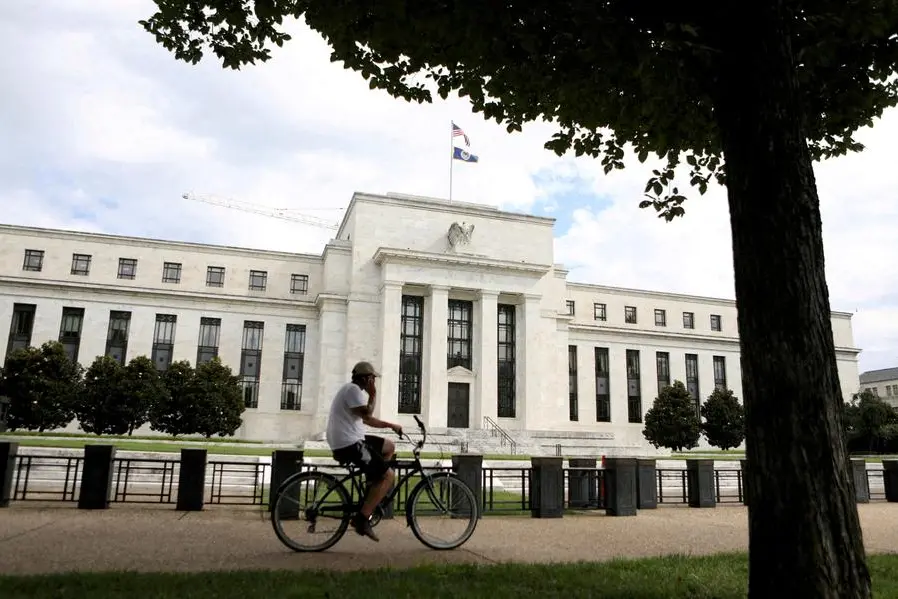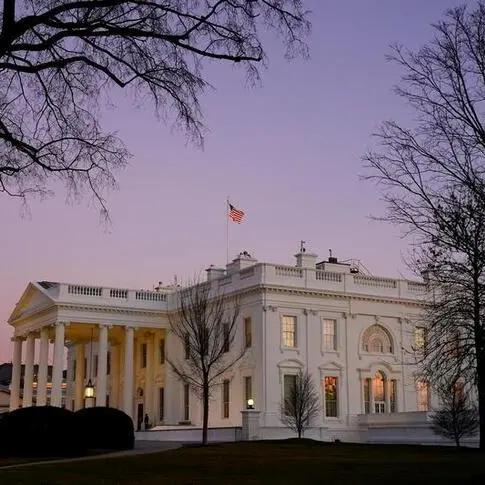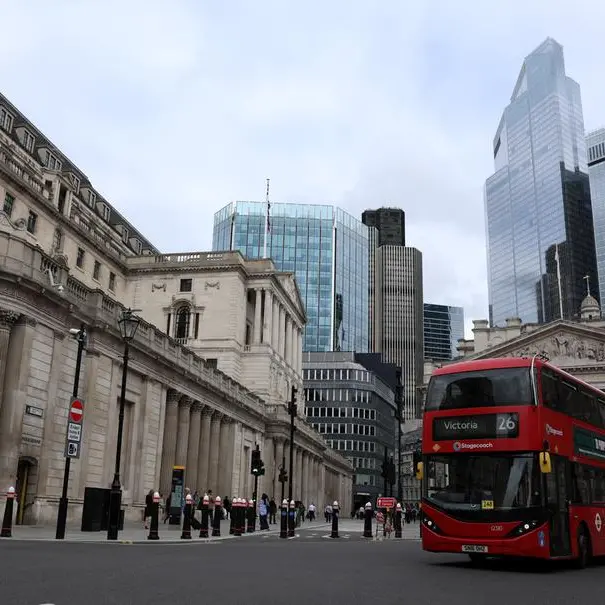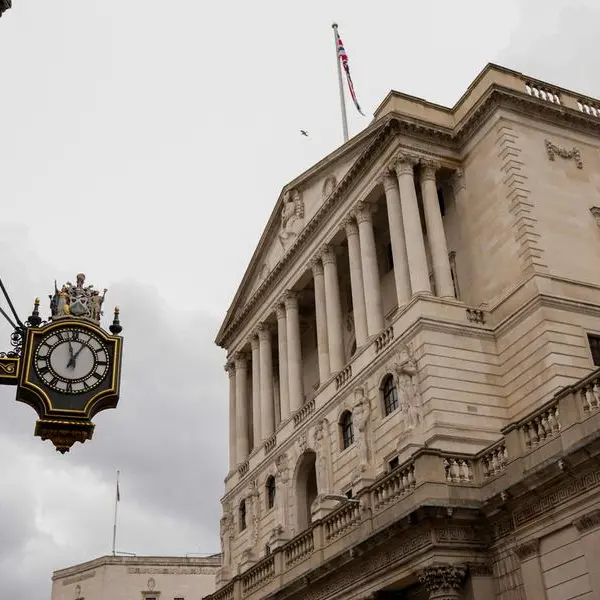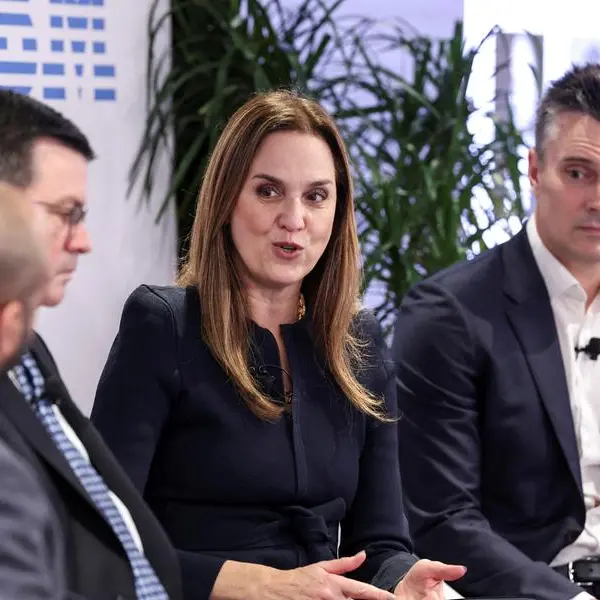PHOTO
WASHINGTON - A "substantial majority" of U.S. Federal Reserve officials last month supported a half-point rate cut to start the turn towards easier monetary policy, but there appeared more universal agreement that the initial move would not commit the Fed to any particular pace of rate reductions in the future, minutes of the two-day policy meeting showed on Wednesday.
The minutes provided further detail on the breadth of opinion within the Fed as policymakers approved a rate cut of a size usually reserved for moments when the central bank is worried the economy is slowing fast and needs the support of looser financial conditions.
The half-point cut drew only a single dissent, from Board of Governors member Michelle Bowman, but the minutes said "some" participants supported only a quarter-point cut, while "a few others indicated they could have supported such a decision."
The minutes “paint a slightly more cautious picture” of the Fed’s approach to rate-cutting, wrote Oliver Allen, senior U.S. economist with Pantheon Macroeconomics, and “suggests that the unease about a 50 bp cut went beyond Governor Bowman.”
Still, the minutes indicated that even some policymakers who may have favored an initial quarter-point cut went along with the larger one as a way to catch up with how fast inflation had fallen without putting future rate cuts “on a preset course.”
EY Chief Economist Greg Daco said he thought the decision reflected Fed Chair Jerome Powell’s influence “as he managed to convince a majority of his peers that a catch-up rate cut was optimal” and was “likely key in convincing most of his colleagues…to depart from a more methodical easing of policy.”
Powell has made clear his commitment to trying to maintain a low unemployment rate, and in his press conference after the September meeting called the rate cut a “strong” start to policy easing.
“A few participants” noted that the more important issue was “the overall path of policy normalization, rather than the specific amount of initial easing at this meeting.”
Only 12 of the Fed's 19 policymakers vote at a given meeting, with seven of the reserve bank presidents participating in the debate on a non-voting basis.
Supporters of the half-point cut "observed that such a recalibration of the stance of monetary policy would begin to bring it into better alignment with recent indicators of inflation and the labor market," said the minutes of the Sept. 17-18 session, at which the Fed lowered the benchmark policy rate to a range of 4.75% to 5.00% from the 5.25% to 5.50% range it had maintained since July of 2023.
Others noted there had been a "plausible case" to have cut rates at the July meeting and the data since then had only buttressed arguments for easier policy.
U.S. stocks rose and the dollar strengthened against a basket of currencies, while Treasury yields slightly trimmed gains after the minutes were released.
BALANCING THE RISKS
Investors in contracts tied to the Fed's policy rate continued to see the central bank cutting rates by a quarter percentage point at its next meeting in November.
Inflation in the U.S. has fallen sharply from the high levels seen in 2022 and 2023, and by some measures is near the Fed's 2% target even as the economy remains relatively strong.
Policymakers at the September meeting wanted to make sure that point was not lost.
"It was important to communicate," the minutes said, that the half-point cut "not be interpreted as evidence of a less favorable economic outlook."
Still, concern about the labor market has been rising among Fed policymakers, with officials noting recent increases in the unemployment rate, and weak job and inflation readings in July and August.
Rate reductions could continue, Fed officials said at the meeting, as long as inflation continues to decline, with the pace and endpoint still open to discussion and dependent on how the economy evolves in coming months.
New economic projections issued after the September meeting showed all but two policymakers penciled in at least 75 basis points worth of Fed cuts this year - outlooks that were not closed off by starting with a 50 basis point reduction.
More recent jobs data showed a rebound in employment growth and a drop in the unemployment rate. Revisions to prior months data also boosted the July payroll gains to 144,000 from 89,000, erasing a particularly weak reading that some Fed officials said might have prompted a rate cut that same month had it been known at that time.
(Reporting by Howard Schneider; Editing by Andrea Ricci)
